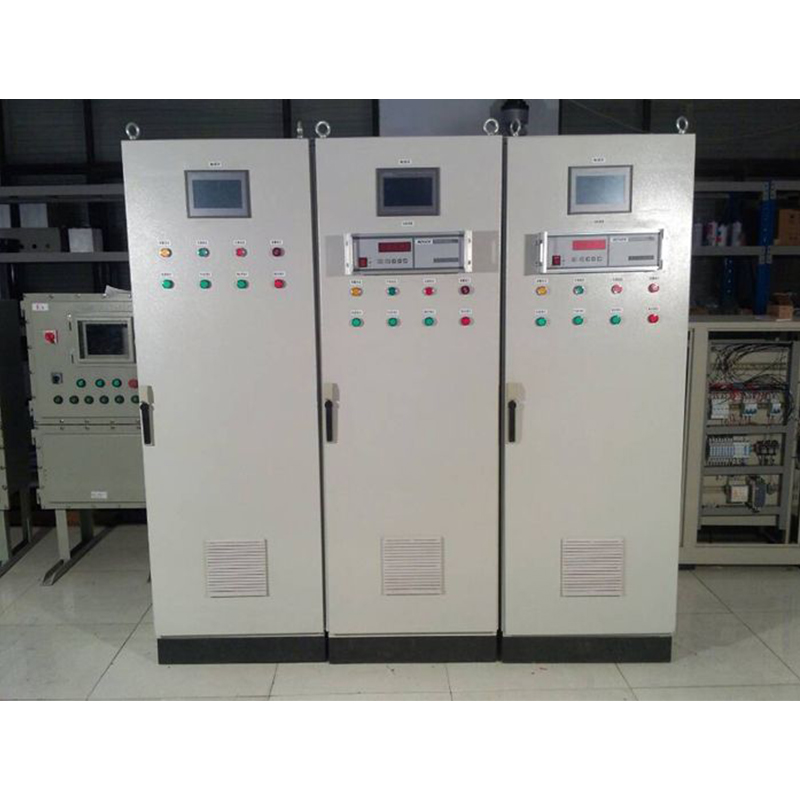
Dec . 06, 2024 07:51
Back to list
Understanding the Function and Importance of Gas Pressure Regulators in Systems
Understanding Gas Regulators Their Importance and Functionality
Gas regulators are essential devices used in various industrial and residential applications to control the flow and pressure of gases. Whether it's for cooking, heating, or industrial processes, maintaining the correct pressure is crucial for safety and efficiency. In this article, we will explore the significance of gas regulators, their working principles, and applications.
What is a Gas Regulator?
A gas regulator is a mechanical device that reduces the inlet pressure of gas coming from a cylinder or pipeline to a lower, usable pressure. This is critical because gas supplied from high-pressure sources can be dangerous and impractical to use directly in appliances or machinery. By regulating the pressure, these devices ensure the gas flow remains consistent and safe.
How Does a Gas Regulator Work?
Gas regulators operate on a relatively simple principle. They use a spring-loaded diaphragm mechanism to control the flow of gas. When gas enters the regulator, it exerts pressure on the diaphragm. If the downstream pressure (the pressure after the regulator) is lower than the desired set point, the diaphragm pushes against the spring, allowing more gas to flow through. Conversely, if the downstream pressure rises above the set point, the diaphragm moves up, closing off the flow of gas and thereby maintaining a consistent pressure.
Most regulators are equipped with a built-in safety feature, such as a pressure relief valve, which releases gas if the pressure exceeds safe limits. This prevents potential hazards like leaks or explosions, making regulators an indispensable part of any gas-utilizing system.
Applications of Gas Regulators
Gas regulators are found in a myriad of applications
gas regulator

1. Residential Cooking and Heating In homes, gas regulators are commonly used with natural gas or propane lines to supply stoves, ovens, and heating systems with a steady and safe supply of gas.
2. Industrial Use In industrial settings, regulators are utilized for a variety of gases, including oxygen, nitrogen, and carbon dioxide. They are crucial for processes such as welding, packaging, and chemical production, where precise gas flow is necessary for optimal operation.
3. Medical Applications In the medical field, gas regulators play a vital role in delivering oxygen to patients. Oxygen tanks are regulated to ensure that patients receive a specific flow rate, critical for their treatment and safety.
4. Automotive In vehicles that run on LPG (liquefied petroleum gas), gas regulators manage the pressure before the gas reaches the engine, ensuring a smooth and efficient operation.
Choosing the Right Gas Regulator
Selecting the appropriate gas regulator is crucial for safety and efficiency. Factors to consider include the type of gas, the required flow rate, the inlet and outlet pressures, and the environmental conditions in which the regulator will operate. It’s also essential to ensure that the regulator is compatible with the specific appliance or machinery it will service.
Conclusion
Gas regulators are vital components that ensure safe and efficient gas usage across various industries and applications. Understanding how they work and their importance can help users make informed decisions, whether for home cooking, industrial processes, or medical use. As technology advances, the design and efficiency of gas regulators continue to improve, driving better safety standards and operational efficiency in gas usage.
Next:
Latest news
-
Safety Valve Spring-Loaded Design Overpressure ProtectionNewsJul.25,2025
-
Precision Voltage Regulator AC5 Accuracy Grade PerformanceNewsJul.25,2025
-
Natural Gas Pressure Regulating Skid Industrial Pipeline ApplicationsNewsJul.25,2025
-
Natural Gas Filter Stainless Steel Mesh Element DesignNewsJul.25,2025
-
Gas Pressure Regulator Valve Direct-Acting Spring-Loaded DesignNewsJul.25,2025
-
Decompression Equipment Multi-Stage Heat Exchange System DesignNewsJul.25,2025

